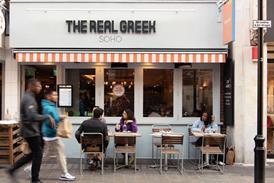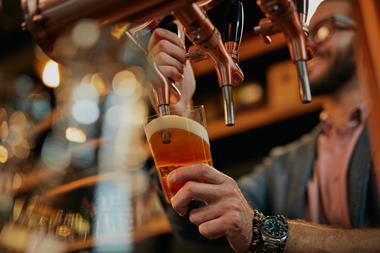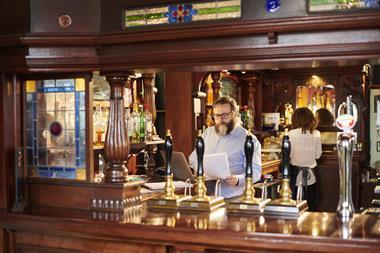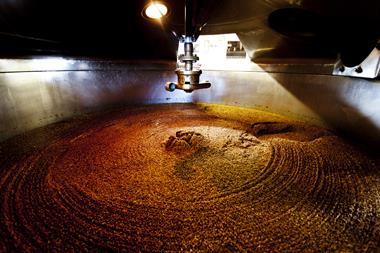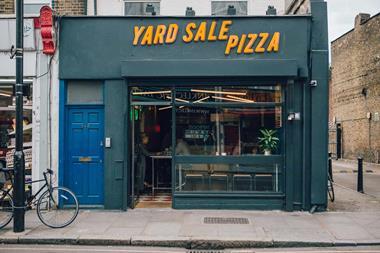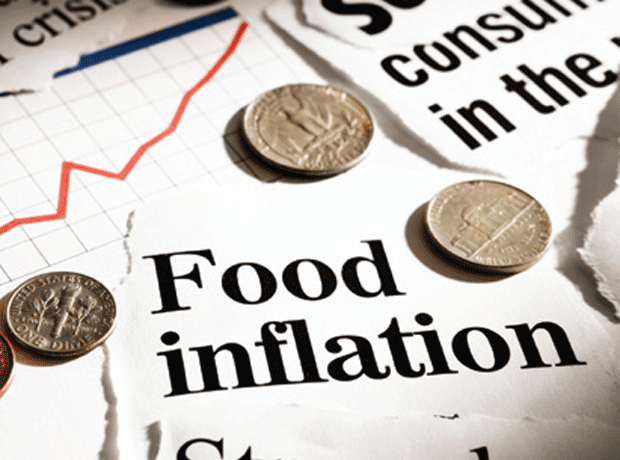The Windmill in Windlesham, Surrey is described on its website as a “traditional 18th century building, providing the perfect setting to escape the hustle and bustle of everyday life”.
You would imagine that after the past two weeks he has had, the Chancellor Phillip Hammond would like to take up that offer of escape, perhaps with a pint or two thrown in. After all The Windmill is located in the same village as Hammond’s constituency office for Runnymede and Weybridge. How long that offer of hospitality stands is a moot point, because like many pub across the country it is facing an increase in its business rates that could tip it over a cliff edge and leave the local MP struggling to find anywhere local to drink or eat out.
Research carried out by the ALMR for MCA has found that The Windmill is facing a 51% increase in its business rates to £119,800 – now as one of Mitchells & Butlers (M&B) Premium Country Dining sites it may be able to absorb that rise. The same may also be said for Young’s Hand & Spear in nearby Weybridge (facing a 25% rise to £241,000) or the White Brasseries-owned The Queen’s Head in Weybridge (facing a 17% increase to £101,000). And if Mr Hammond fancies a meal elsewhere, his local Café Rouge is set for a 38% rise in its rates to £70,500. So much for supporting communities.
Hammond had announced in his Budget that 90% of pubs in the UK would be granted a £1,000 reduction to their business rates bill to recognise “the valuable role that local pubs play in our communities”. But critics swiftly highlighted that the rates decrease was for one year only, and that the figure would be dwarfed by the rises in taxes on alcohol. It begs the question does the government want to have pubs and community businesses in expensive property areas? Because if they keep going they’ll be taxed out of existence.
What the issue has also provided is another opportunity for the wider press, with some notable exceptions, to make its perennial claim that the pub is on its deathbed, in terminal decline. It is the kind of lazy journalism that hasn’t helped the sector’s image over the years. This is compounded by that fact that when they do decide to focus on the sector, it is usually a vociferous minority carrying on an ongoing battle with the major tenanted pubcos who are given a stage despite dubious claims they are speaking for the entire 17,000-strong tenanted and leased sector. How refreshing it was to hear the ALMR’s Kate Nicholls across all media outlets and forms talking up the sector around the time of the Budget, but why should it take exceptional circumstances for her to be invited to do so.
I started reporting on the sector in 2006 and what I have always found is an industry constantly under pressure, but also continually facing up to each challenge thrown at it, whether that is the smoking ban, tax rises, property prices or changing consumer trends. Take the smoking ban, its introduction, coupled with the rise of casual dining created a problem, put pubs fought back and what has happened to the majority of the sector in terms of evolution has been truly magnificent, across all categories.
You could argue that some groups have gone too far down the food route and now find themselves struggling to differentiate from the casual dining sector it has evolved to compete with, especially as that sector comes under its own cost pressures. But the develop of the pub sector’s food offer, in many cases from a standing start, has been in the whole exceptional whatever the part of the market it is aimed at.
There is no question that the biggest long-term threat to the ongoing success of the sector is how the pub will be used by future generations. All research points to younger generations being more health conscious, drinking less and becoming more wary of how they are seen on nights out via social media. The number of non-alcoholic/less calorific variants launched (or relaunched – Bud Light) recently, highlights the direction of where the major drinks companies believe the wind is blowing long term. With two sons under five, will I be taken down the pub when they turn 18 and have a pint of beer/lager bought for me, as I did for my father? Or will it be a soft drink and a sharing board, whilst we communicate via our iPhone 30s?
Last week, c1,400 people employed by or in the UK’s pub sector celebrated what was great about the industry at The Publican Awards. It was telling that the only national media coverage this great event got was for Boddingtons announcement that it was reuniting with TV presenter and model Melanie Sykes – 20 years since its adverts were first aired on our TVs. Perhaps we can expect nothing more in the celebrity-focused world we currently live in. No wider mention was given to the international businesses (Sky and AB InBev to name two) that continue to invest significant amounts in the sector or more pertinently the winners themselves.
If the British pub sector is dying, then certainly no one has told Chris Hill and his teams at New World Trading Company. Only formed in 2011, the business walked away with six awards on the evening. Formed a year earlier, the wet-led, high-street focused Stonegate Pub Company walked away with another two. At different ends of the spectrum in terms of size (NWTC: employs over 900 people; Stonegate over 13,000) both highlight how the sector has evolved and continued to be successful. It would be unfair to pick on just those two for there are examples across the country and across different segments of why the UK’s pub sector is in rude health – from Amber Taverns to Fuller’s and St Austell to Marston’s, via JDW and Drake & Morgan. I could list many more.
And to labour the point further, is there a better slogan for the Government to get behind in terms of fighting unemployment than Stonegate’s “bar to boardroom”? Or perhaps take a closer look at the what Peach Pub Company, NWTC, Oakman, The Alchemist or BrewDog are doing to recruit, develop and retain staff. All of these companies made this year’s Sunday Times 100 Best Companies to Work For.
We are told that the institute of the great British pub has been in slow decline for decades. I would argue there were too many sub-standard pubs in the first place, which added to changes in society has led to the inevitable drop off in numbers. But I would also argue that what has come through in their place is a stronger, more varied and confident sector, providing some of the best offers and hospitality the wider industry has to offer.
Whilst many are still closing, the closure rate has stabilised recently. However the business rates issue feels sadly like a catalyst for the closures rate to pick up again, with the threat of another 2,000 closures coming through in quick time as many businesses are pushed over the cliff edge. The best will always survive – it’s just whether the government sees merit in preserving the rest who are striving hard to get to that level.
So back to Windlesham and where will Mr Hammond be left to go for his much-needed quick half? How about his local Conservative Club? Its rateable value has increased by just £500 to £12,500 despite the addition of a car park since the last revaluation – meaning the cost per square metre has been reduced by around 10%. I don’t know about you but I need a pint just thinking about that.














